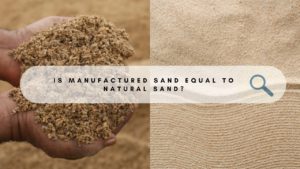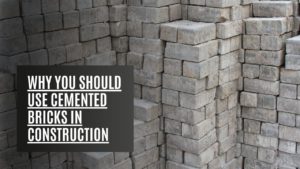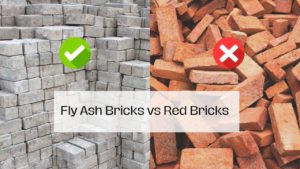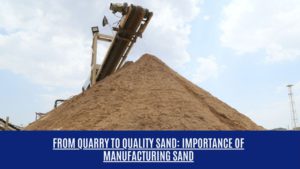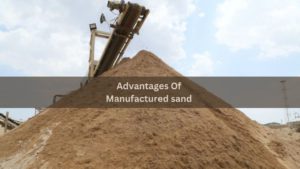Difference Between Fly Ash Bricks And Cemented Bricks
Bricks have been used for construction purposes for thousands of years. However, the manufacturing process of bricks has evolved, and new materials have been introduced. In recent times, fly ash bricks have become a popular choice to traditional cemented bricks. In this blog post, we will explore the differences between fly ash bricks and cemented bricks.
What are Fly Ash Bricks?
Fly ash is a by-product of burning coal in thermal power plants. It is a powdery substance that is collected from the exhaust gases and is usually disposed of in landfills. However, with advancements in technology, fly ash is now being used to make bricks.
Fly ash bricks are made by mixing fly ash with water, cement, and sand or gravestone dust. The mixture is also moldered into the desired shape using a hydraulic press. The bricks are also allowed to dry and are cured with steam for several days before being ready for use.
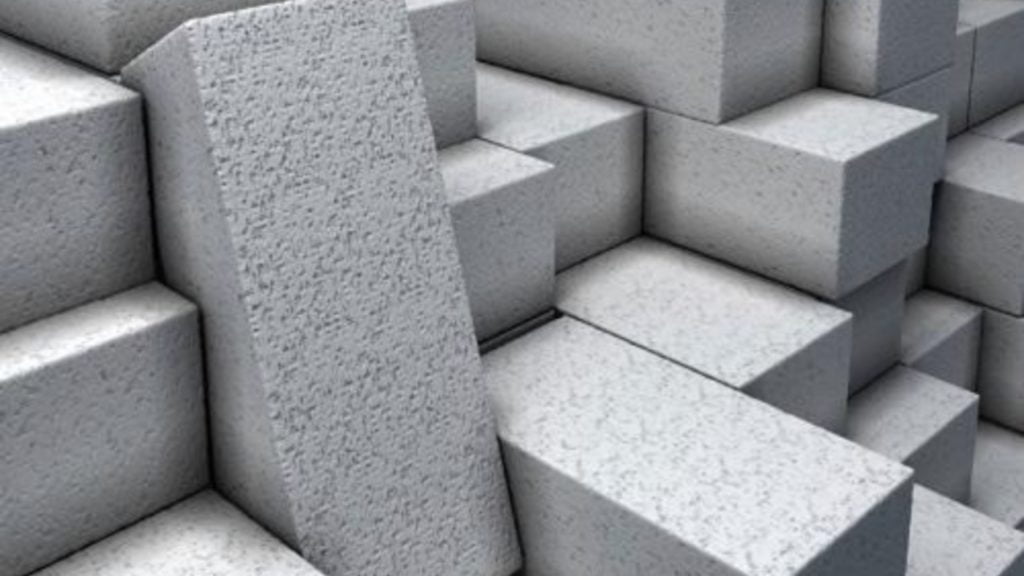
Advantages of Fly Ash Bricks
Environmentally Friendly
Fly ash bricks are made from a waste product that would end up in the processes. By using fly ash to make bricks, we’re reducing the amount of waste that goes into landfills and reducing the carbon footprint of the construction industry.
Cost-Effective
Fly ash bricks are usually cheaper than cemented bricks, making them an affordable option for construction projects.
Better Insulation
Fly ash bricks have better insulation parcels than cemented bricks, which means they can help keep the interior of a structure cooler in summer and warmer in winter.
High Compressive Strength
Fly ash bricks have a high compressive strength, which means they can bear heavy loads without cracking or breaking.
What are Cemented Bricks?
Cemented bricks, also known as complexion bricks, are made from complexion that’s mixed with water and other complements such as sand or shale. The mixture is also moldered into the desired shape and is allowed to dry in the sun or in a kiln.
Advantages of Cemented Bricks
Durable
Bricks made of cement have a high level of durability and may be used for many years before displaying any symptoms of deterioration.
Fire Resistant
Cemented bricks are a secure option for construction projects since they’re substantially fire & waterproof.
Easy to Work With
Cemented bricks are easy to cut, shape, and work with, which makes them a popular choice for construction projects.
Low Water Absorption
Cemented bricks have a low water absorption rate, making them less susceptible to water damage and a desirable option for buildings in regions with frequent rainfall.
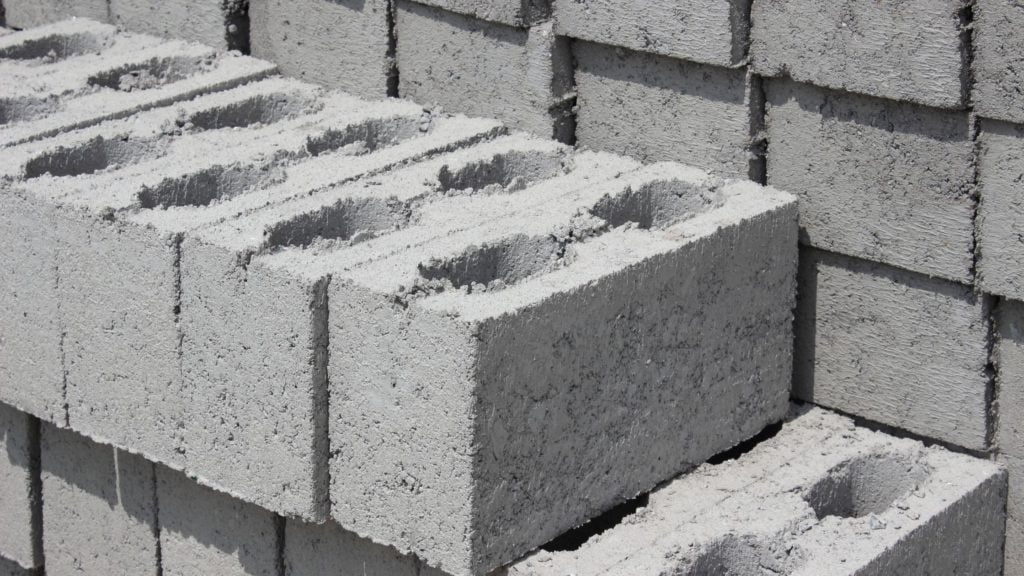
Differences Between Fly Ash Bricks and Cemented Bricks
Here we will discuss some factors related to fly ash bricks and cemented bricks:
Raw Materials
Fly ash bricks are made from fly ash, cement, sand or stone dust, and water, while cemented bricks are made from clay, sand, and water.
Manufacturing Process
Fly ash bricks are made using a hydraulic press, while cemented bricks are molded and then dried in the sun or in a kiln.
Strength
Fly ash bricks have a higher compressive strength than cemented bricks, which means they can bear heavier loads.
Insulation
Fly ash bricks have better insulation properties than cemented bricks, which means they can help keep a building cooler in summer and warmer in winter.
Cost
Fly ash bricks are usually cheaper than cemented bricks, which makes them an affordable option for construction projects.
Environmental Impact
Fly ash bricks are made from a waste product and are an environmentally friendly option, while cemented bricks require the excavation of clay, which can have a negative impact on the environment.
ALSO READ: Fly ash bricks vs Red bricks : The definitive comparison
In Conclusion, the use of fly ash bricks and cemented bricks have their own set of advantages and disadvantages. While cemented bricks are known for their continuity and fire- resistance, fly ash bricks offer better isolation and are more cost-effective. Both materials have different manufacturing processes and environmental impacts.
It’s important for builders and construction professionals to consider the specific essentials and conditions of their project when choosing between these two types of bricks. Eventually, the decision should be based on the unique characteristics of each material, including fly ash bricks and cemented bricks, and how well they suit the specific requirements of the construction design.
Follow us on Instagram: @rajmineral





